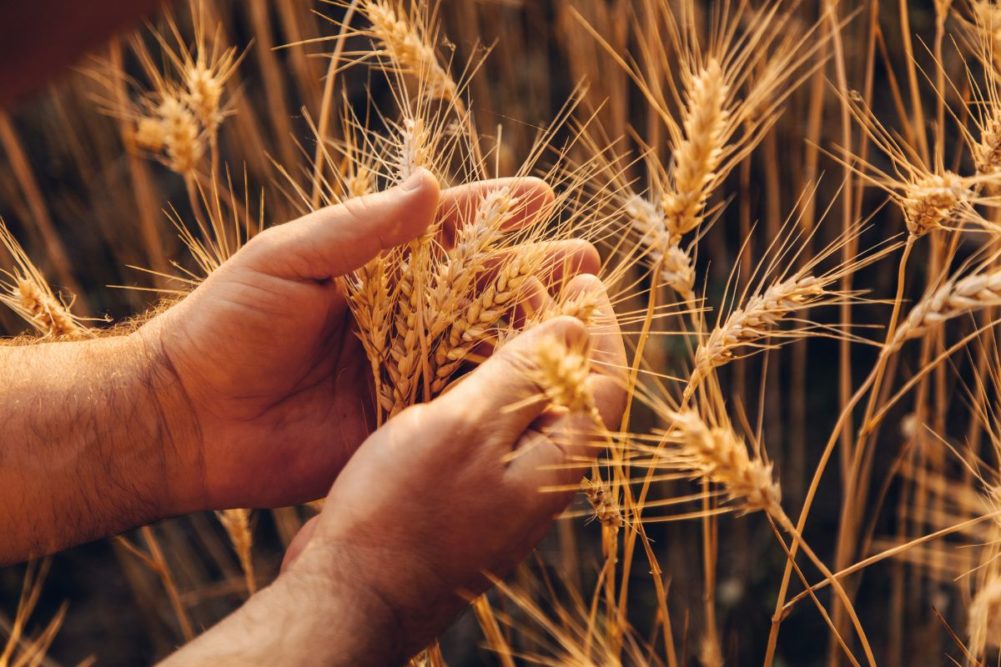MELBOURNE, AUSTRALIA — A new plan to give the Australian grains industry, local government and stakeholders a framework to help prevent, prepare for, and respond to, grains-specific biosecurity incursions was unveiled during the Australian Grains Industry Conference in Melbourne.
The Australian Grains Industry Biosecurity Plan, announced Aug. 1, is designed to implement a range of targeted activities and investments to strengthen biosecurity protections and further safeguard the A$32 billion Australian grains industry.
Plant Health Australia (PHA), the coordinator of the Australian plant biosecurity system, led the process, supported by Grain Producers Australia (GPA) in consultation with other industry leaders, grains industry stakeholders and government partners.
Developed in collaboration with industry leaders and biosecurity experts, more than 1,300 different plant pests and disease threats have been identified in the plan. It also details the specific programs and activities needed to take proactive action and protect growers, industry and the economy, from these biosecurity threats.
Stuart Kearns, PHA national manager: preparedness and RD&E, said governments, industry, researchers and the public are beneficiaries of a strong and prepared biosecurity system. He said the plan will be regularly reviewed and updated throughout its life to reflect activities, outcomes and newly identified issues.
“This biosecurity plan is an implementation plan at its core,” he said. “We’ve built on past efforts to identify current and potential plant pests with a practical guide that has identified where we need to focus surveillance, education and mitigation. This will ensure both industry and government are able to make informed decisions about the growing biosecurity threat in Australia.”
The plan developed a series of Threat Summary Tables that identified exotic pests known to affect grain crops overseas and assessed their overall risk to the industry based on four criteria: entry, establishment, spread potential and economic impact.
It also includes details on current mitigation and surveillance activities being undertaken and identifies contingency plans, fact sheets and diagnostic protocols that have been developed for pests relevant to the grains industry.
Together with GPA, PHA and the Grains Research and Development Corporation (GRDC), the Australian Department of Agriculture, GrainGrowers and state and territory governments have provided their input and endorsed the plan.
“Everyone will benefit from this new uplift in investments, actions and activities to help strengthen biosecurity protections specific to the grains sector — not just growers,” said Barry Large, GPA chair and Western Australia grain producer. “This also demonstrates that we’re talking the talk and walking the walk on biosecurity by harnessing our resources and being proactive, to further protect the profitability and sustainability of our industry.”




